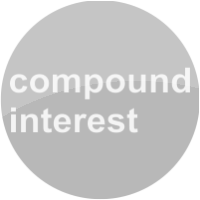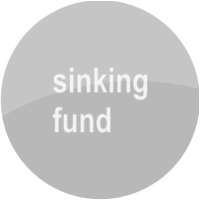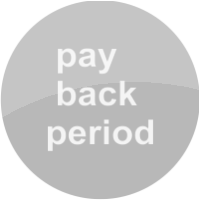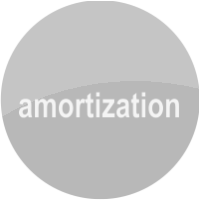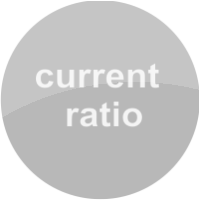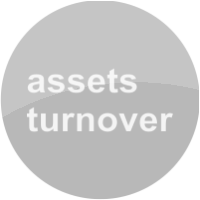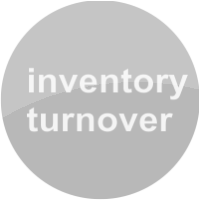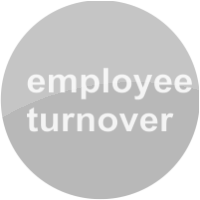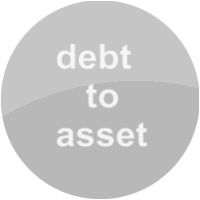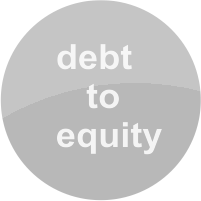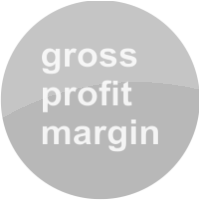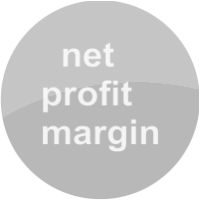Return on Capital Employed Ratio
Calculator-ROCE
FORMULA:
ROCE =Profit before interest and taxation/Total assets less current liabilities
Capital = Shareholders' equity plus non-current liabilities employed (or total assets less current liabilities) The underlying principle is that we must compare like with like, and so if capital means share capital and reserves plus non-current liabilities and debt capital, profit must mean the profit earned by all this capital together. This is PBIT, since interest is the return for loan capital.
What does a company's ROCE tell us? What should we be looking for? There are three comparisons that can be made:
(a) The change in ROCE from one year to the next can be examined. (b) The ROCE being earned by other companies, if this information is available, can be compared with the ROCE of one's company. (c) A comparison of the ROCE with current market borrowing rates may be made: (i) What would be the cost of extra borrowing to the company if it needed more loans, and is it earning a ROCE that suggests it could make profits to make such borrowing worthwhile? (ii) Is the company making a ROCE which suggests that it is getting value for money from its current borrowing? (iii) Companies are in a risk business and commercial borrowing rates are a good independent yardstick against which company performance can be judged.



